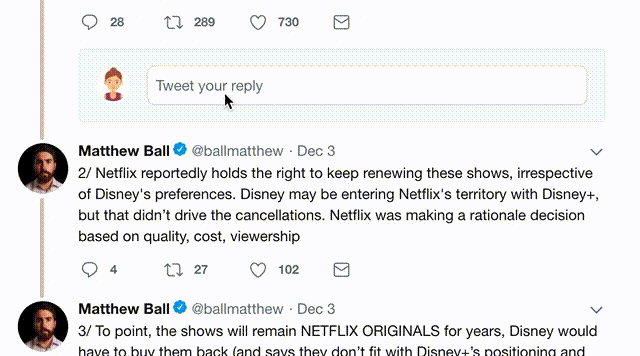-Reg A, Tier 2 offerings: increased to $75 million from $50 million
-Reg CF offerings: increased to $5 million from $1.07 million
-Rule 504 offerings: increase to $10 million from $5 million
Keep Current with Marc Boiron
This Thread may be Removed Anytime!
Twitter may remove this content at anytime, convert it as a PDF, save and print for later use!

1) Follow Thread Reader App on Twitter so you can easily mention us!
2) Go to a Twitter thread (series of Tweets by the same owner) and mention us with a keyword "unroll"
@threadreaderapp unroll
You can practice here first or read more on our help page!

